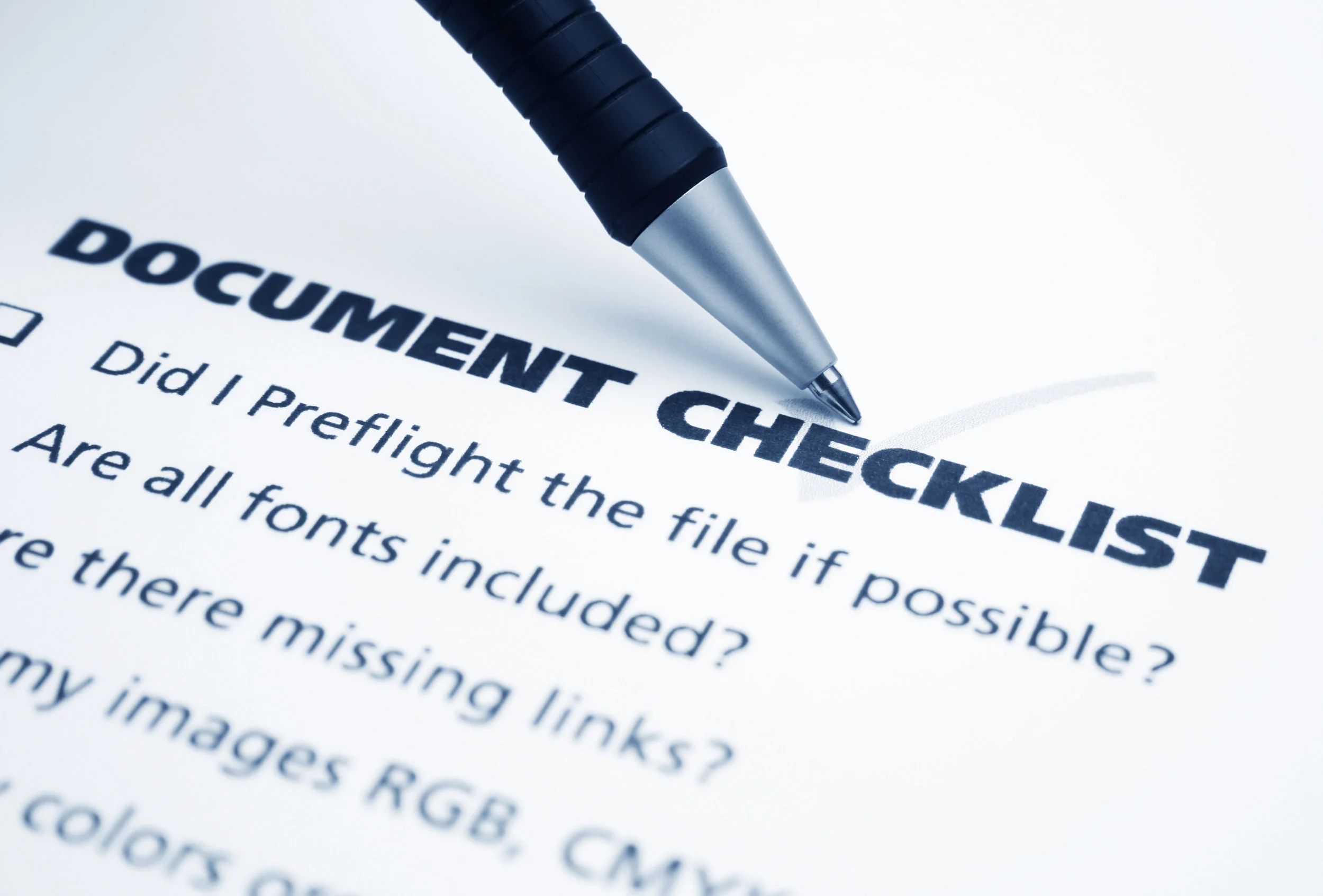Insurance is an important part of managing a farm succession. Good decisions ensure everyone is as protected as possible from the risks involved in both the farm itself and the actual transfer.
Insurance is a risk management tool. It provides protection from what may happen (but hopefully won’t). The investment only pays off in the event of disaster. But waiting until the disaster occurs is too late.
Decisions need to be made as to what level of insurance is adequate. Knowledge collected from several sources will enable you to make an informed choice in the amount of risk the farm can handle and the owners are prepared to accept.
Most common insurance products
Loan insurance – In the event of death, loan insurance ensures the loan in question is paid off.
Property insurance – This protects you in case of fire, theft, or damage by others. There are some property insurance products that can insure you against limited acts of mother nature, although they tend to be pricey.
Liability insurance – Since farms are busy places, this insurance helps protect you financially if someone gets injured while on the property. It might be an employee, a family member or a visitor.
Disability insurance or workers compensation – This helps protect you in case you are injured on the job. How will you make ends meet if you can’t work for a prolonged period of time?
Life insurance – Life insurance is often used when there’s more than one partner in the farm. Partners can take life insurance out on another in the event of their partner’s death.
Tips on insurance
Tip 1: Shop around.
Check with multiple insurance agencies and get several quotes to compare. This is your best chance of minimizing insurane premiums which will impact your cash flow.
Tip 2: Talk to your advisors.
Your financial advisor and lawyer can help you choose the best group of products for your circumstances. Often, financial advisors can help you find the best rates and benefits combinations based on their network of colleagues.
Tip 3: Balance out the benefits you get with how much it costs.
You don’t want to be insurance-poor so figure out how much risk and cost you’re willing to bear.
Assignment
Complete the Evaluating Your Insurance Options worksheet in the Workbook and identify your choices.
Next Step
You’ve had a good look at your insurance options and determined what will work best for securing the future of the farm and everyone involved. Now you’re ready to look at off-farm investments.






